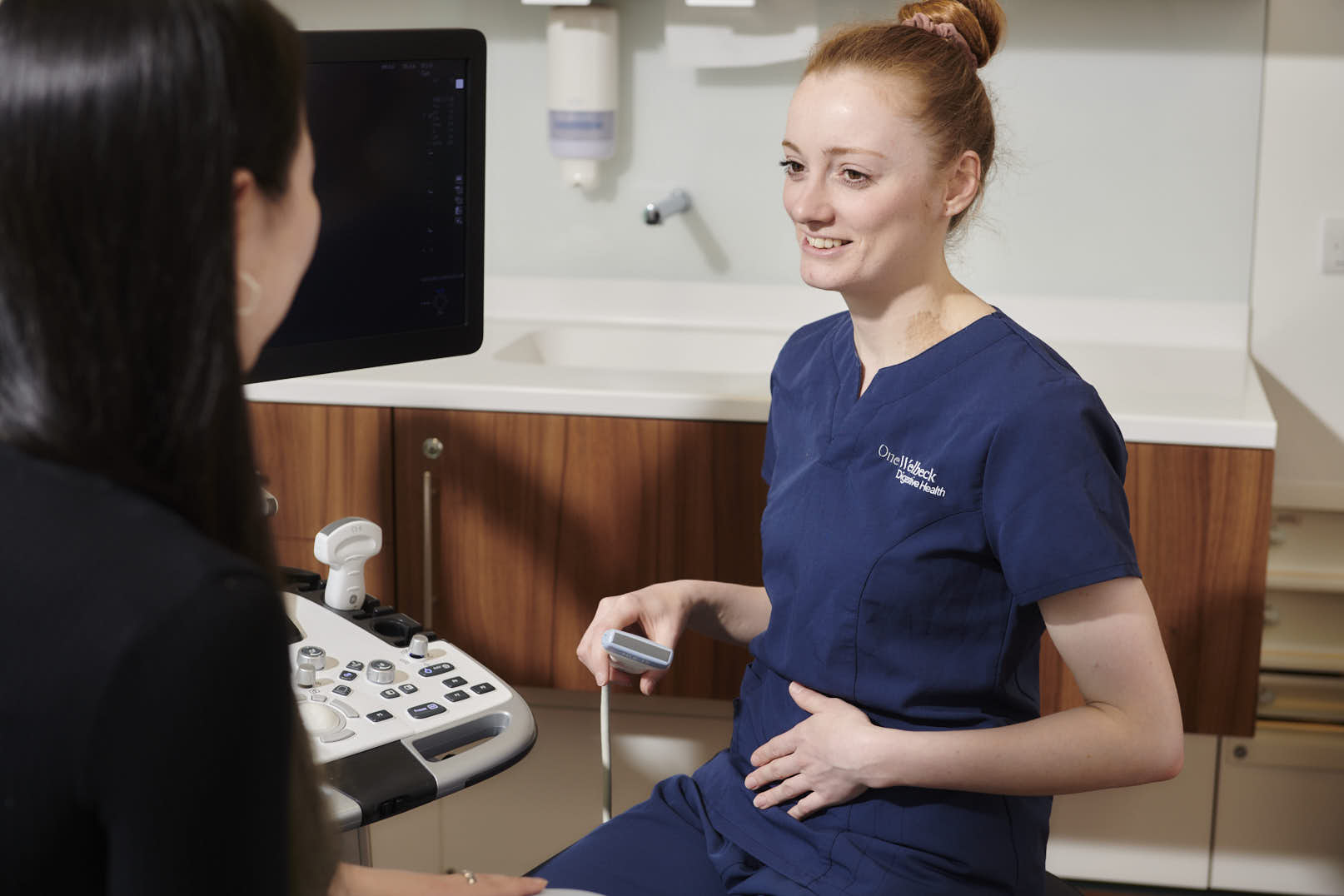After the procedure, you’ll be monitored by a nurse while you rest and the effects of the anaesthetic wear off. Once this has happened, you may need pain relief to help with any discomfort.
As a day-case patient, you will usually be able to go home when you feel ready, but you will need to arrange for someone to drive you home. Try to have a friend or relative with you for the first 24 hours after your surgery.
Before you go home, your nurse will give you some advice about caring for your healing wounds. If your wounds are closed with metal clips or stitches, these will be removed by a nurse after about a week. Commonly, dissolvable stitches are used with this procedure. The length of time your dissolvable stitches will take to disappear depends on what type you have. However, for this procedure, they should disappear in about 2 weeks.
Once your gallbladder has been removed, your body can’t develop new gallstones. However, if gallstones have passed into your bile ducts and remain there after surgery, you may still get symptoms. Gallstones that have passed into your bile ducts can be removed with a procedure called ERCP (endoscopic retrograde cholangio-pancreatography).
It usually takes 1 to 2 weeks to make a full recovery from keyhole surgery to remove your gallbladder, but this varies between individuals, so it’s important to follow your surgeon’s advice.
If you need pain relief, you can take over-the-counter painkillers such as paracetamol or ibuprofen. Your surgeon may also give you painkillers when you’re discharged.




